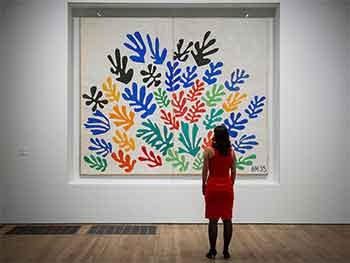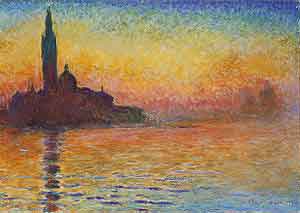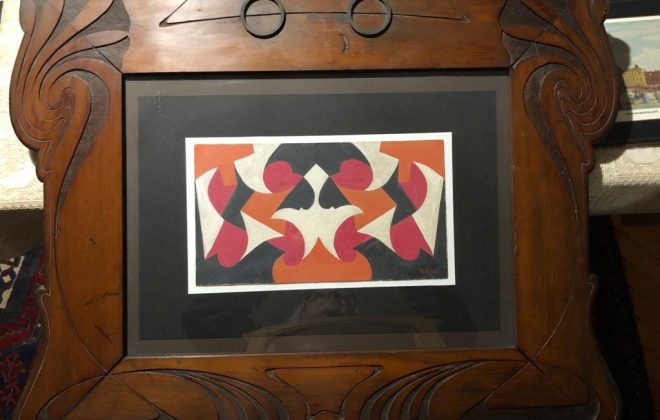Matisse’s cut-outs

Using his grandchildrens’ papers, scissors and colours here an extraordinary final career, useful also today for teaching
By Francesco Carelli
Professor Family Medicine, Milan , Rome
The Tate Modern’s major exhibition, Henri Matisse: The Cut-Outs, is the most comprehensive exhibition ever devoted to the artist’s paper cut-outs made between 1943b and 1954. It brings together around 120 works, many seen together for the first time, in a groundbreaking reassessment of Matisse’s colourful and innovative final works. His unparalleled cut-outs are among the most significant of any artist’s late works. In a career so long , Matisse made a large body of work of which the cut-outs are a brilliant final chapter in his long career.
When ill health prevented Matisse from painting, he began to cut into painted paper with scissors to make maquettes for commissions, from books and stained glass window designs to tapestries and ceramics. In the cut – outs , outlines take on sculptural form and painted sheets of paper are infused with the luminosity of stained glass. Using colour, Matisse evokes the convulsive surface of water and the lushness of vegetation.
The life of Henri Matisse is an example of the law of divine compensation. As an old man he had arthritis so severe that he could no longer hold a paintbrush. What a tragedy this could had been for one of the greatest painters who ever lived. He found, however, that he could hold a child’s pair of scissors and use it to cut the construction paper that his grandchildren played with. This led to what art historians consider one of the greatest phases of his work: the Matisse paper cut-outs.
Once again, we see the difference between form and content. The fact that on the material plane — the realm of form — Matisse’s hands could no longer work well as they had, not mean that he had any less talent. In the realm of content, nothing had been diminished. Spirit created a way within the realm of form to compensate for diminishment and lack.
Matisse’s cut-outs are a medical or educational exercise for some persons, old and young. Having check out some books at the library on Matisse, show the patients copies of Matisse cut-outs from the books. Talk about color and shapes. The object is to encourage the patients or student to create their own cut-outs using the same style as what Matisse used – only relating the shapes and colors to their personal experiences or feelings or goals, etc.
A good way to start this project is to ask the participants to write 5 positive characteristics and 3 not so good characteristics on a sheet of paper. It is from this list of eight words that the persons would create their cutouts. The cut-outs would be a sort of character portrait.
Usually this exercise is much successful and takes minimal supplies: many colors of construction paper (bright colors if possible) glue stick, poster board and imagination. 2 hours to complete the project are enough. Also kids love this art exercise and they also love to describe the meaning of their work to others
Artists who are going strong at 80 and up find that old age offers freedom, self-assurance, and room to explore. At what age do people hit their stride professionally? Categorically speaking, athletes, engineers, politicians, television writers, salesmen, and actresses all have varying norms and shelf lives, sometimes affected by physical attributes or societal expectations. Seemingly immune to ageist perceptions and traditional notions of retirement are artists. A historical look reveals that a striking number have been highly productive and turned out some of their best work late into old age, including Bellini (who died at 86), Michelangelo (d. 89), Titian (d. between 86 and 103, depending on your source), Ingres (d. 86), Monet (d. 86), Matisse (d. 84), Picasso (d. 91), O’Keeffe (d. 98), and Bourgeois (d. 98).
Henri Matisse modernised painting with nontraditional colour choices and mixed media work. Teach children or old patients his singular style by designing Matisse art projects. Before beginning Matisse art lessons, show them examples of work by Matisse. Ask them to find similarities and differences between artwork, which helps them look closely at the images. They can look through “Matisse-colored” glasses by creating a palette, paint colours or a sheet of crayon or pastel colours that show favourite hues employed by Matisse.
Paper-Cut Collages
Matisse worked in the medium of paper-cut collages. This simple technique works with all ages of children and patient with relation’s problems. Gather different hues of paper or, if you have more time, have them paint or colour white paper with various hues as well as patterns. Have them cut out simple shapes or abstract blobs and move around the cut-outs until they see a composition, either concrete or abstract, that appeals to them. Show them how to lightly coat the back of each cut-out with either a glue stick or a layer of white glue, applied with a paintbrush. Children may opt to colour in their backgrounds or leave them more simple.
Matisse Pattern Paintings
Matisse often juxtaposed bright colours, drawing upon cyan, tangerine, magenta and lime green as well as darker, moodier hues such as purple, blue, indigo and burgundy. He also drew upon Asian art traditions of combining patterns such as florals, stripes and dots. Review images by Matisse and have your trainees try a layering technique with colours and different media. Begin with a sheet of construction paper or card stock. Have them sketch a composition with coloured pencils. Paint in the images with bright tempera paint…and you have used Matisse as a model for teaching.



